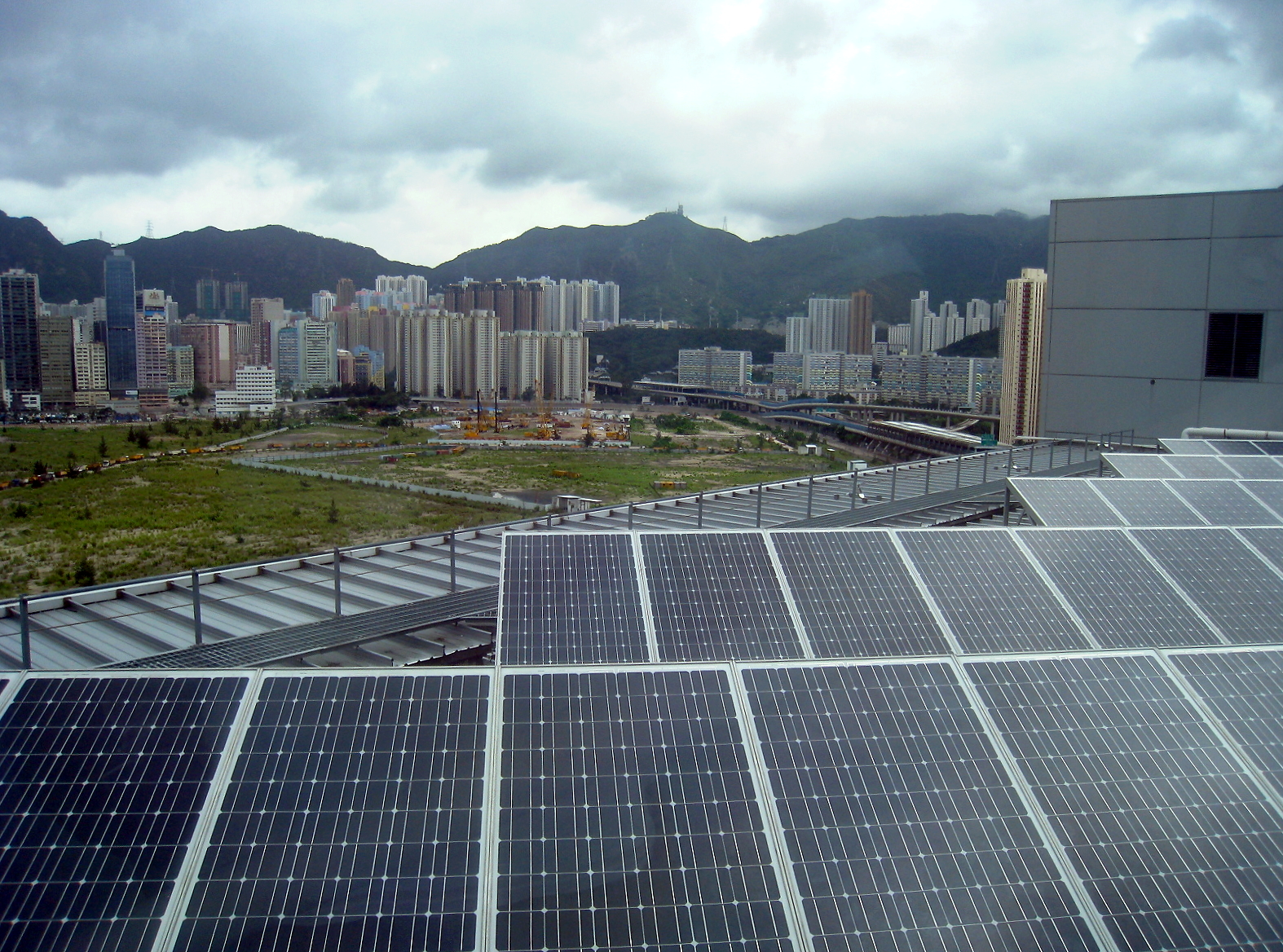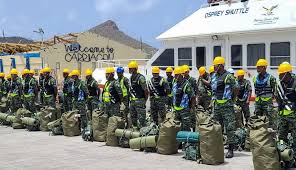In keeping with its commitment to bridging the development gap across hinterland communities, the Government of Guyana has delivered on a vital promise in Region 9 (Upper Takutu–Upper Essequibo)—bringing clean, reliable energy to some of the country’s most remote populations. Since 2020, three solar-powered clinics and community centers have been installed in key villages across the region, significantly reducing dependence on diesel generators and unstable electricity supply. These installations are not merely technical upgrades—they represent a leap forward in healthcare, education, and sustainable community resilience.
According to data from the Ministry of Public Works and the Office of the Prime Minister’s Hinterland Electrification Programme, the solar energy systems were installed in locations such as Nappi, Aishalton, and Annai, each tailored to meet the community’s specific energy needs. Clinics that once relied on infrequent generator use can now refrigerate vaccines, conduct night-time medical procedures, and power essential diagnostic equipment. This has directly improved maternal care, emergency services, and child immunization programs, especially in indigenous communities (Source: Guyana Energy Agency, 2023 Report on Renewable Installations in Hinterland Regions).
Community centers, too, have seen transformation. With stable lighting and internet access powered by solar systems, these spaces now support adult learning programs, remote education for school children, and evening community meetings. According to the Ministry of Amerindian Affairs, the centers have also enabled the deployment of e-Government services—bringing residents closer to national programs without the need for extensive travel.
These advances also align with Guyana’s Low Carbon Development Strategy (LCDS) 2030, which emphasizes renewable energy integration to mitigate climate change while improving livelihoods in rural and hinterland areas. By reducing reliance on imported fossil fuels, Region 9 is now part of a broader national transition toward energy sovereignty and environmental stewardship (Source: LCDS 2030, Office of the President).
Residents like of Annai express how life has tangibly improved: “We don’t have to worry about blackouts during deliveries at the clinic anymore. The lights stay on, and the fridge works. It’s a blessing for the whole village.”
Not just solar panels—this is light, life, and opportunity made real. In Region 9, energy independence is not only powering buildings; it’s empowering people. This is what real progress looks like—sustainable, inclusive, and human-centered.
- GUYOIL Lands KLM Jet Fuel Contract as Guyana Expands its Aviation Reach
- CARICOM Eyes Guyana’s Tough Stance on Riots – Region Considers Classifying Violent Unrest as “Terrorism”
- Transforming Healthcare Access Across Regions 4, 5, and 6: Real Progress by the Guyanese Government
- Coach Troy Wright’s Grass-Roots Blueprint Is Changing the Face of Youth Football




